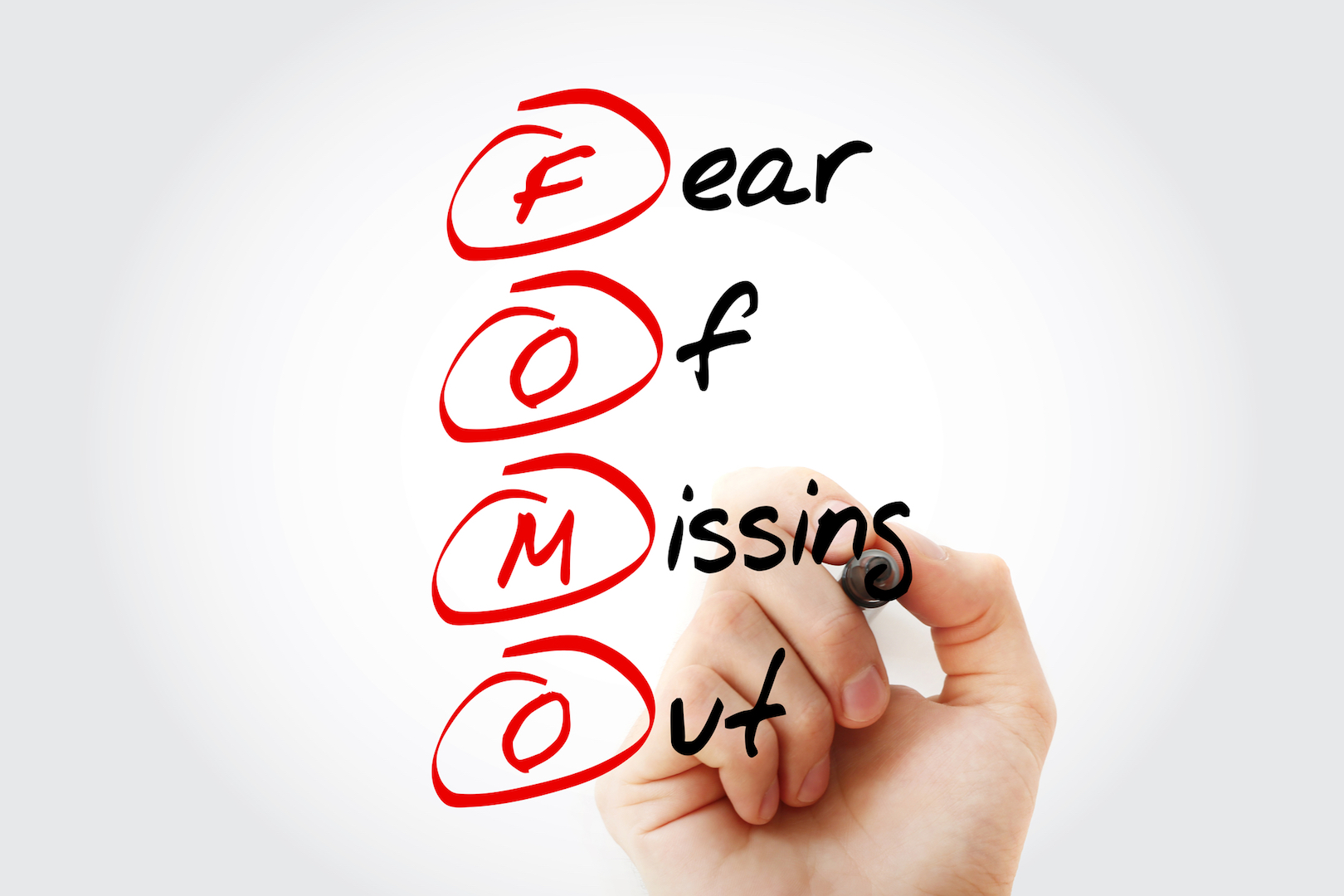
13 Reasons Why You Need Loyalty Marketing
Introduction To Loyalty Marketing
Loyalty marketing is an approach to marketing based on strategic management, in which a company focuses on growing and retaining existing customers through incentives. (Wiki) It is the vehicle that drives engagement, satisfaction, credibility, and retention for your patients. Additionally, it is a proven method for optimizing referral behavior and repeat business. Most importantly, loyalty marketing expands your catalog beyond just direct marketing. In this article, I am going to explain the 13 reasons why loyalty marketing is important, profitable, and, most of all, fun.
1. There Is No Legitimate Downside.
It’s possible the pros and cons list of your front desk staff may not mirror yours in the beginning. However, once the wheels of loyalty are moving, employees generally enjoy witnessing successful initiatives. Nonetheless, loyalty programs can effectively improve everything from patient satisfaction to small business relationships. It is a paradigm shift in marketing that will leave you with a more profitable, referable and successful practice.

2. Loyalty Programs Make The Mundane Less Mundane.
Let’s use a sandwich punch card as an example. Whether or not you’re particularly passionate about sandwiches, I believe we can all agree that lunch is a perfunctory activity. So, what happens when you introduce a buy 9 get 1 free card? The mundane sandwich-buying experience has now become a game with a beginning, middle, and end. It has created a pathway for the sandwich buyer to earn an ‘advantage‘ over the company and achieve a prize. Applying these same principles to a significantly more glamorous service like cosmetic surgery only serves to improve the patient experience.
3. It Increases Engagement
On average, how much time do patients spend in your lobby unengaged with your practice? We all know the answer to this. However, every minute in your lobby is an opportunity to market. At Berman Cosmetic Surgery, his staff will sit down with patients in the lobby to discuss their loyalty program and walk patients through their loyalty app. When the staff is particularly busy, they hand their patients an iPad with similar instructions. Patients can check their Facebook later.
4. There Has Never Been A Better Time
If you are thinking, “Well, we tried this when George Bush was in office, and it didn’t work”, that is not surprising. As little as 5 years ago, digital loyalty programs had a harder time gaining traction in cosmetic surgery. In the present day, with the ubiquity of loyalty marketing and the improved mobile app market, the average adult is a member of 4 loyalty programs. Additionally, 78% of millennials will choose to patronize companies with a loyalty program over those without.
 5. It’s Critical To Understanding Your Population
5. It’s Critical To Understanding Your Population
Loyalty marketing trains us to group patients into 3 distinct categories: new patients, referred patients, and return patients. Understanding this breakdown by percentage is the first and most important step. For example, what if Practice ABC were to discover that their patient breakdown was 60% new, 30% return, and only 10% referral? That would lead us to draw some pretty sharp conclusions, right? From here, however, it is much easier to dive into more advanced analysis within these categories and optimize (#6).
6. It’s Critical To Optimizing Your Population
By and large, referred and returning patients should account for the majority of your practice’s business. Thus, if we take Practice ABC’s 60%, 30%, and 10% breakdown from #5, we have a fantastic baseline for optimization. For example, from here, we could run an internal marketing campaign with the goal of improving referrals by 10%. Once that goal is met, we can identify what tactics worked well, and who those tactics worked on, and plan future campaigns.
 7. There Is Way Less Competition
7. There Is Way Less Competition
This is one of the most beautiful aspects of loyalty marketing. Unlike new patient acquisition, you have already converted the patient or referring the patient. Thus, the biggest challenge has been overcome. Now all efforts can be made to ensure the patient continues to refer and return. Ultimately, loyalty marketing aims to create future referring and returning patients from individuals who were not even considering cosmetic surgery.
8. It Beats Paying For Ads
There is a time and a place for paid advertisement, but some cosmetic surgery practices can really go overboard. If you are performing an outstanding service and providing loyalty incentives, there is no reason your practice should be spending vast sums on paid advertisements. Loyalty marketing is a more sustainable and productive way to keep patients coming in the door.
9. You Can Turn Patients Into Your Sales Staff
No form of marketing on the planet beats word of mouth. People trust the recommendations of friends and family above any advertisement. Furthermore, unlike most businesses, you create walking advertisements. Patients literally wear your work everywhere. By following the 3 rules of winning referrals, you can test various incentives to see what motivates your patients to refer. In any case, if you do good work, you’re referrable and incentivize patients to be happy to refer.
10. It Motivates Your Staff
Staff incentives programs are a fantastic way to give your staff some skin in the game. The more the staff refers, the higher the incentive. Furthermore, it is a great excuse to give out office awards, recognize top performers, and start a friendly competition. Ultimately, a staff incentives program only serves to make your practice a more enjoyable place to work.
11. It Motivates Small Businesses
Just like a staff incentives program, you can involve small businesses. Although a lot of practices post print advertisements in local small businesses, nothing beats word of mouth. A loyalty program could give employees at your local gym, hair salon, OBGYN, etc, the ability to refer your practice. These employees have built rapport with hundreds of potential patients, and they have influence.
 12. Patients Love It
12. Patients Love It
80% of Millennials find points or rewards appealing along with opportunities to earn bonuses by doing some specified activity (81%), like referring friends. In my article Starting A Successful Loyalty Program, I discuss the ‘perceived advantage’ phenomena of consumer purchasing decisions. It demonstrates that consumers don’t seem to mind overspending if only to take advantage of an exclusive discount. After all, the sandwich enthusiast in #2 is only concentrating on the free sandwich.
13. It Will Make You Better
Having your practice focus on referral traffic means you have to follow Lemod’s #1 rule, “You Must Be Referable”. This is a paradigm shift away from a more clinical-oriented operation to a marketing operation. As mentioned in #6, if your practice sets a goal to get more referrals, you and your staff may have to change how you do business. This only serves to improve engagement and patient satisfaction. In the end, having a high referral and return rate means that you are doing well.
Conclusion
In this article, we discussed 13 reasons why loyalty marketing only serves to improve your practice. Using the Lemod Loyalty Platform, you can seamlessly integrate a proven loyalty program into your practice. With our software, we have done the hard work. Now, you can put an app in the hands of your patients, staff, and small business partners, allowing them to refer people instantly. Finally, the Lemod Platform allows you to categorize your patients and determine Patient Lifetime Value and Patient Referral Value. For more information, please feel free to contact me.
Post a comment
You must be logged in to post a comment.






